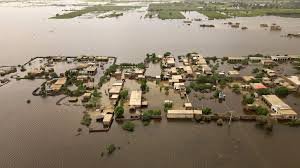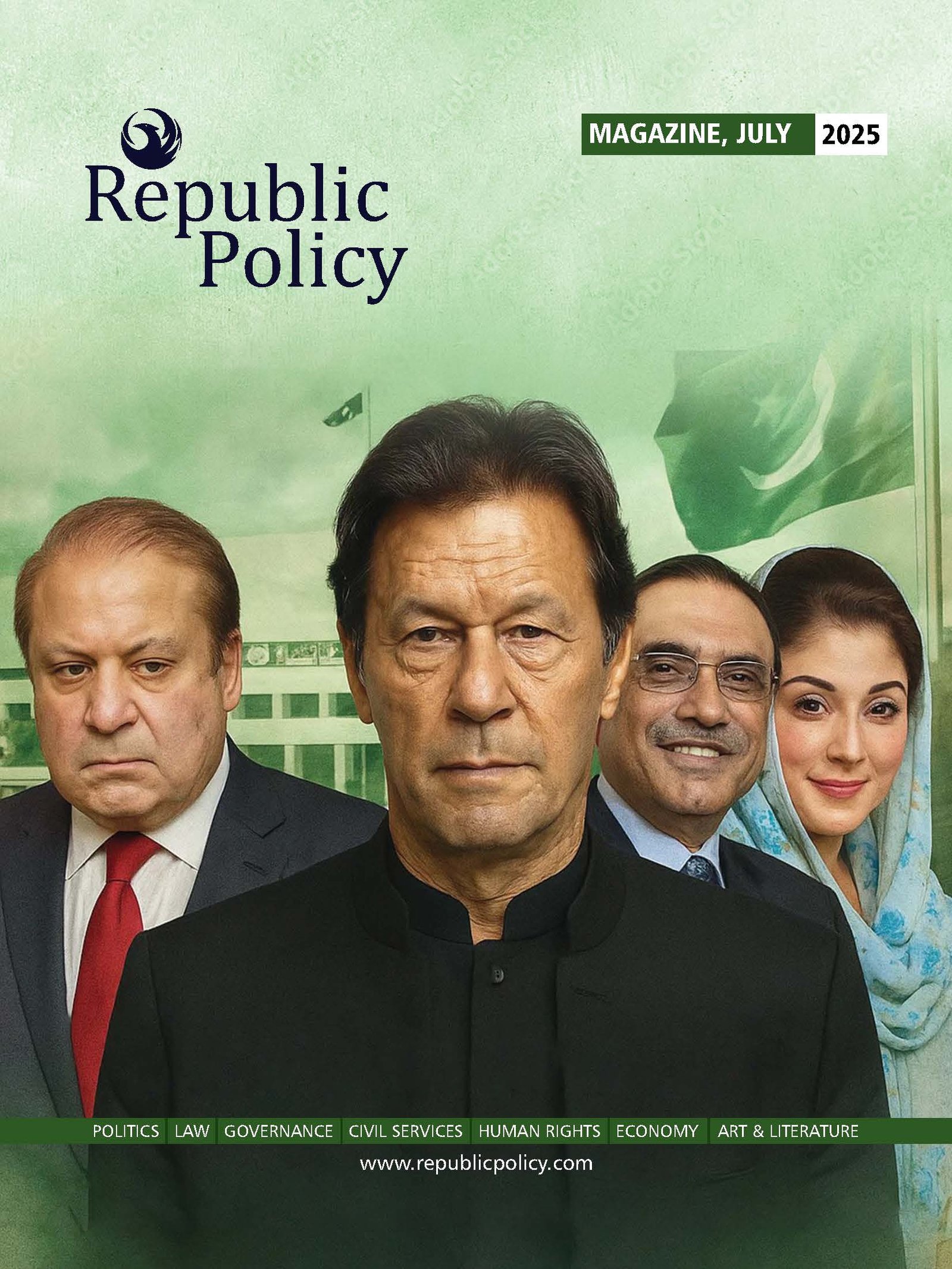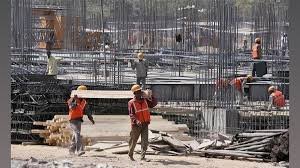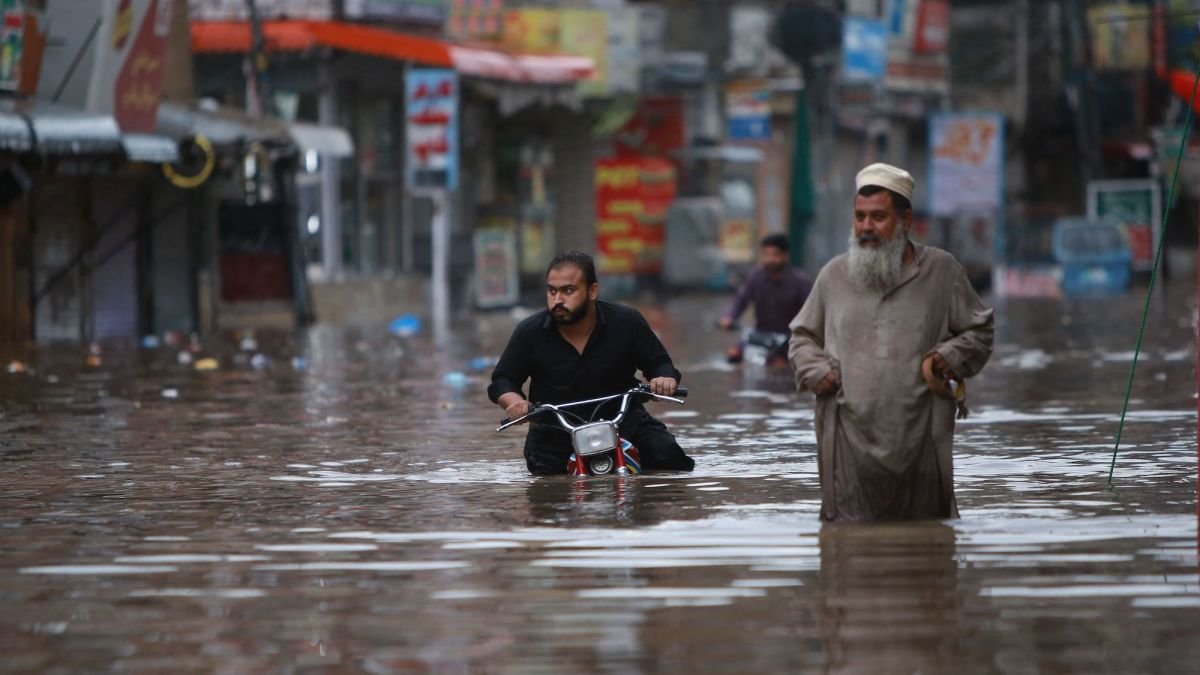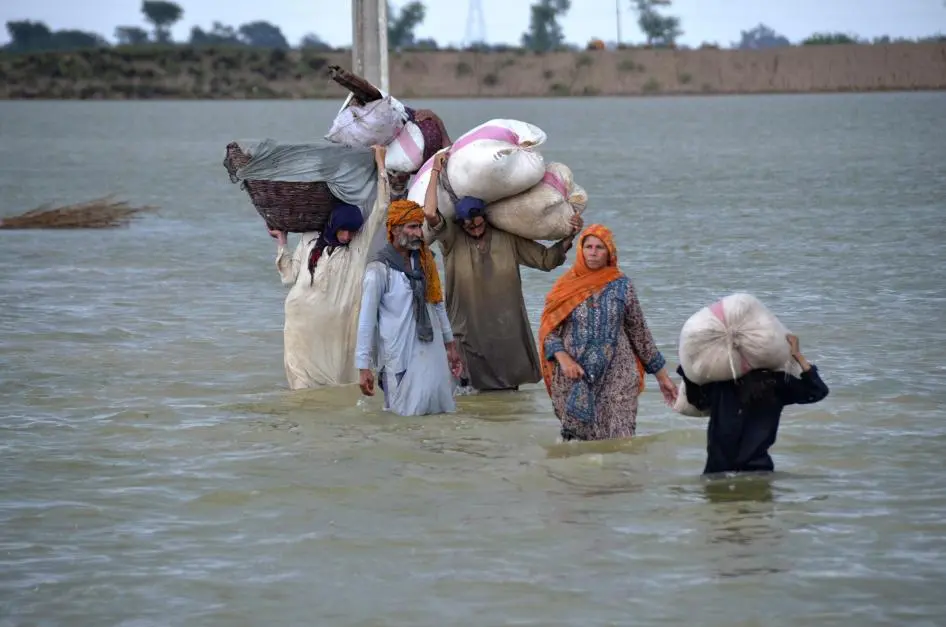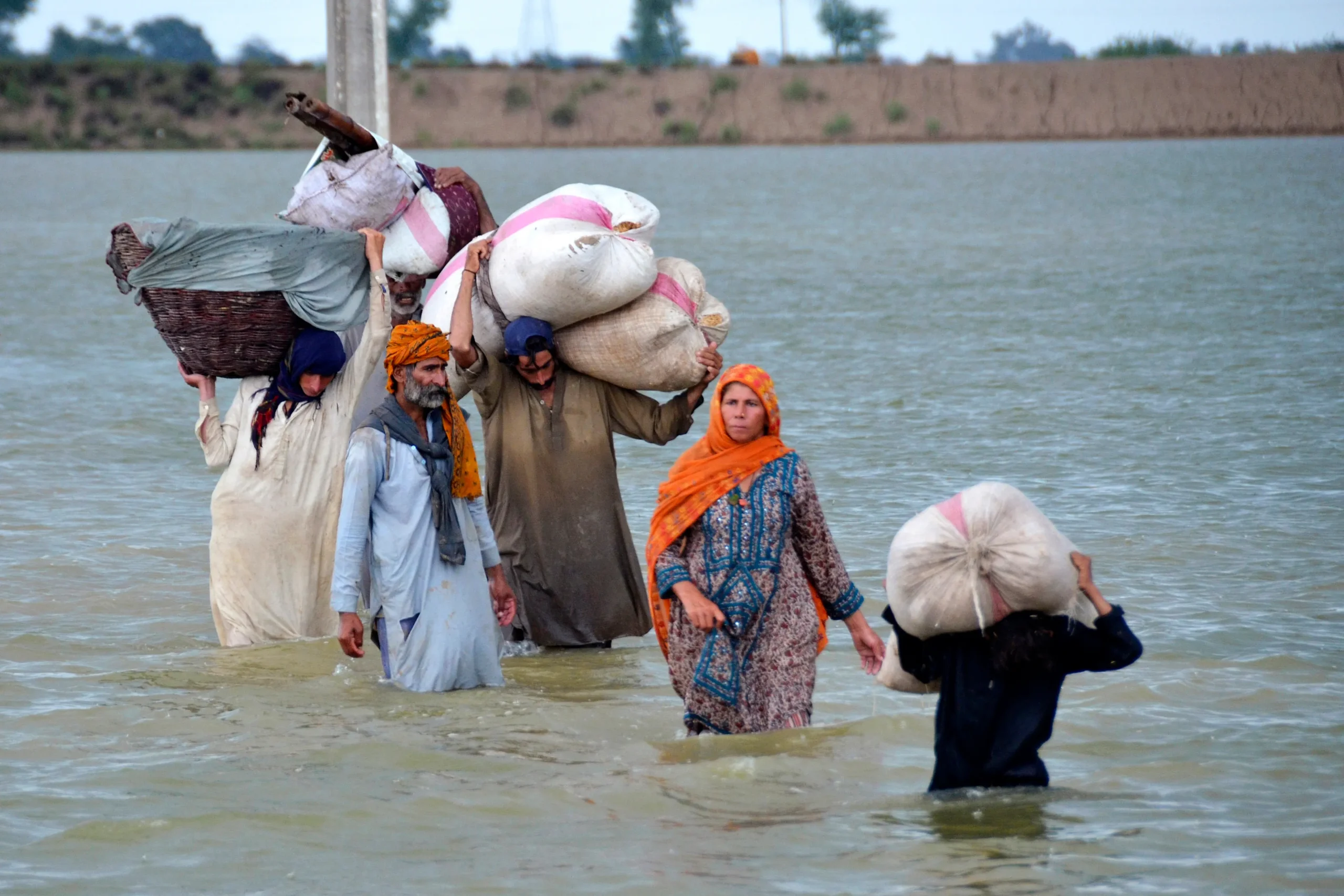Editorial
Pakistan is once again battling devastating monsoon floods that have submerged Punjab’s villages, displaced millions, and caused hundreds of deaths. While climate change and melting glaciers are major culprits, political blame has also intensified. Federal Minister Ahsan Iqbal accused India of “weaponising water” by releasing excess flows from dams on the Ravi, Sutlej, and Chenab without timely warnings. These accusations, however, stand on fragile evidence since India’s own states, including Himachal Pradesh and Indian Punjab, are equally battered by the monsoon’s fury. The suspension of the Indus Waters Treaty following recent conflicts has further deepened mistrust, turning a humanitarian crisis into another front of political hostility.
Yet, experts caution against oversimplification. Hydrologists argue that dam releases are dictated by capacity and safety, not aggression. With reservoirs on both sides filled to the brim, spillways had to be opened to prevent catastrophic breaches. India did issue several warnings, though lacking detailed hydrological data. The crisis underscores Pakistan’s structural vulnerabilities—poor urban planning, fragile infrastructure, and weak disaster management—that make floods deadlier each year. Blaming India might serve political ends, but it distracts from domestic responsibilities.
https://www.youtube.com/@TheRepublicPolicy
Recommendations: Pakistan must urgently modernize its flood forecasting, invest in resilient infrastructure, and negotiate for real-time water-sharing data through neutral third parties. Rather than escalating rhetoric, Islamabad should pursue cooperative frameworks, recognizing that rivers and climate disasters transcend borders. Only sustained internal reforms, coupled with regional diplomacy, can transform recurring devastation into shared resilience.





